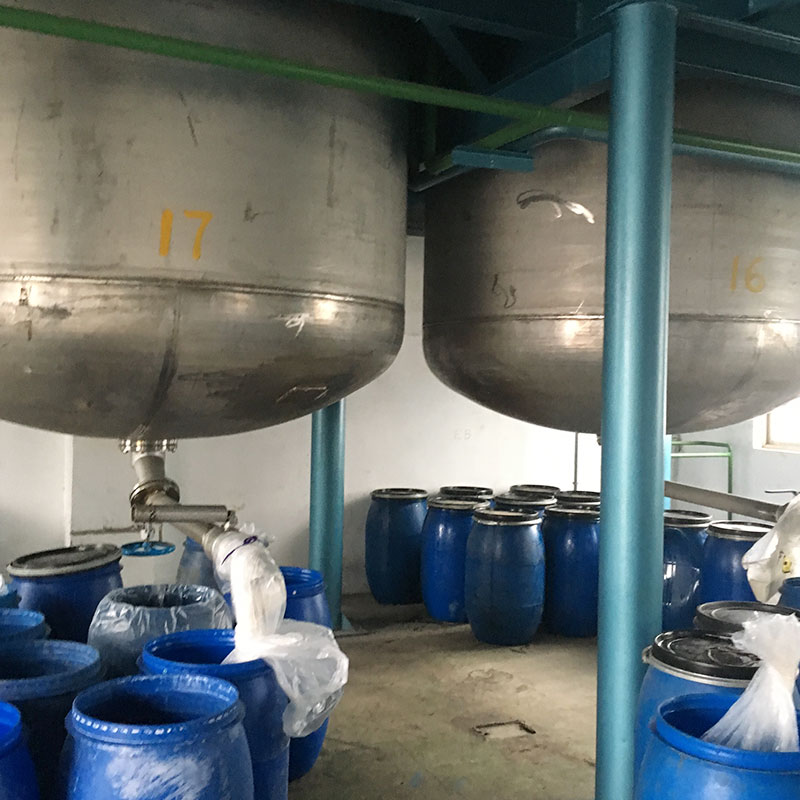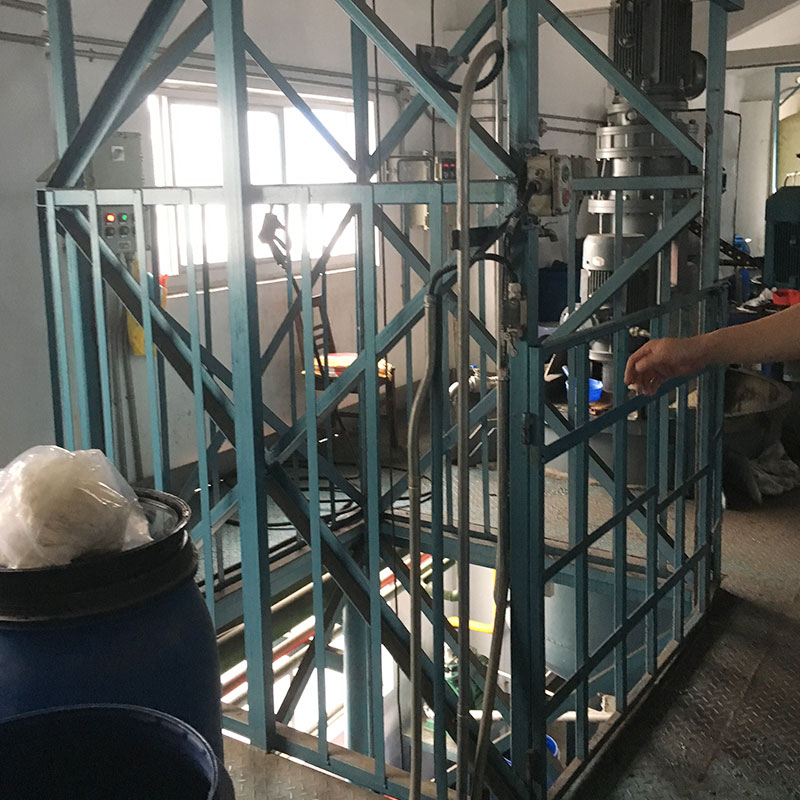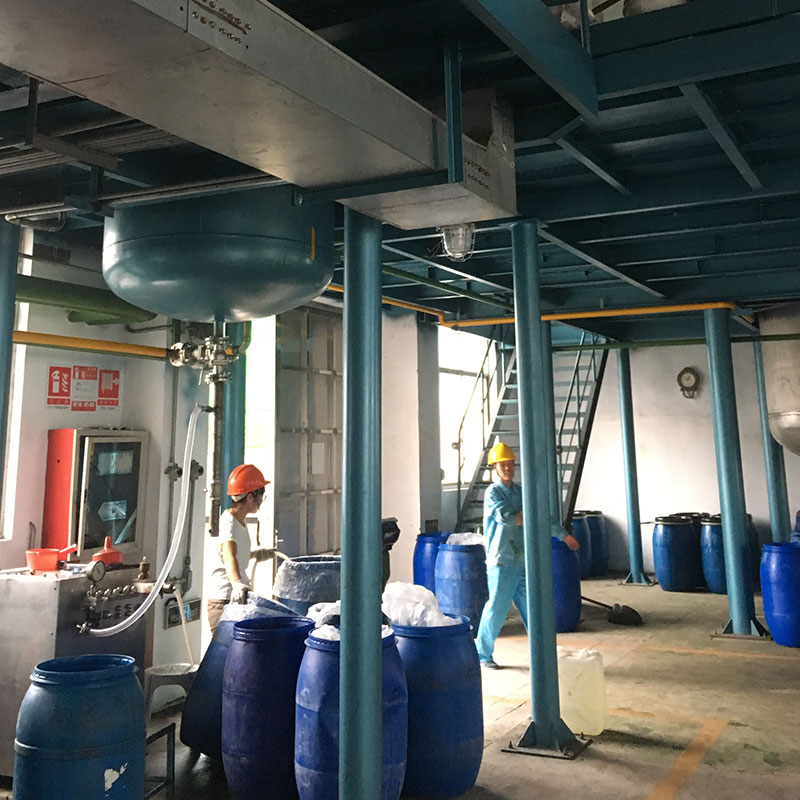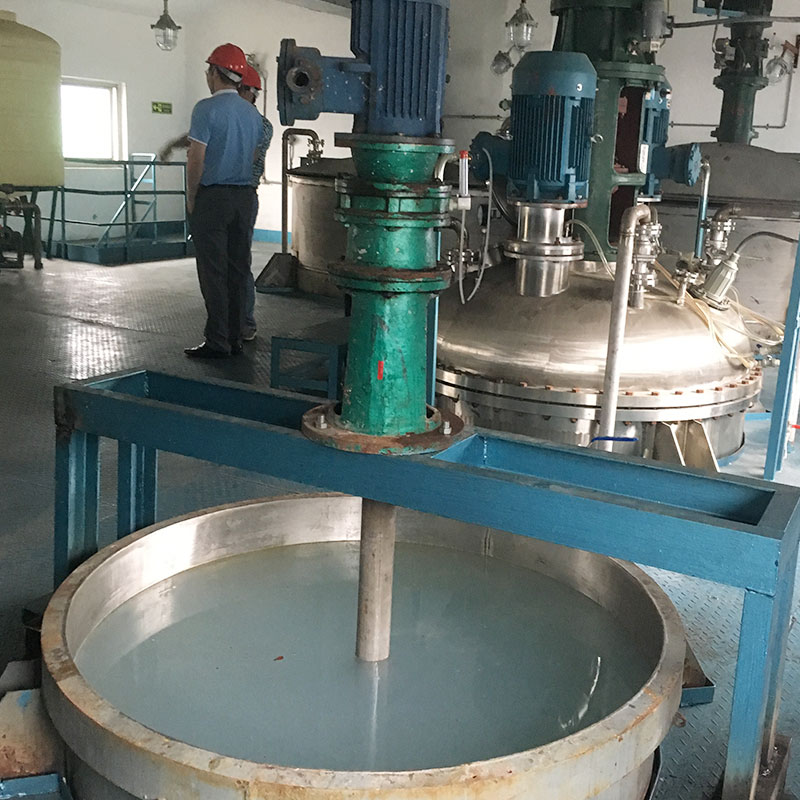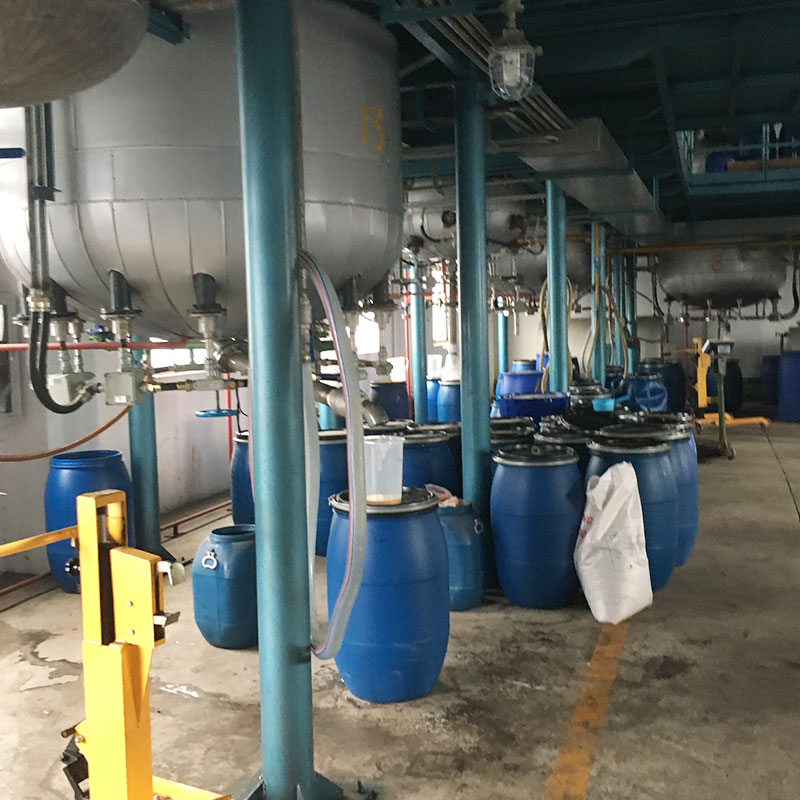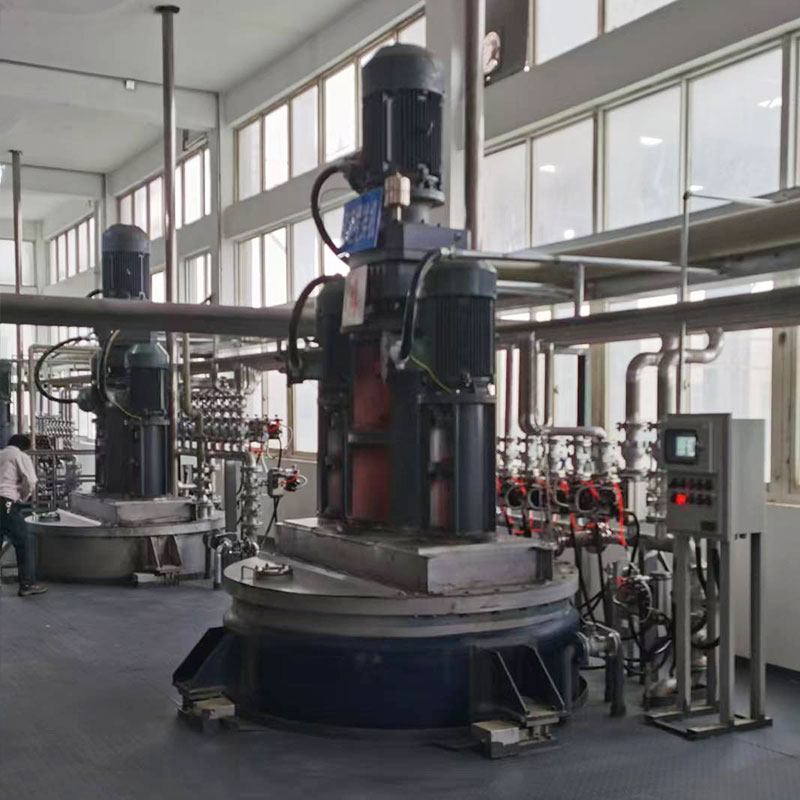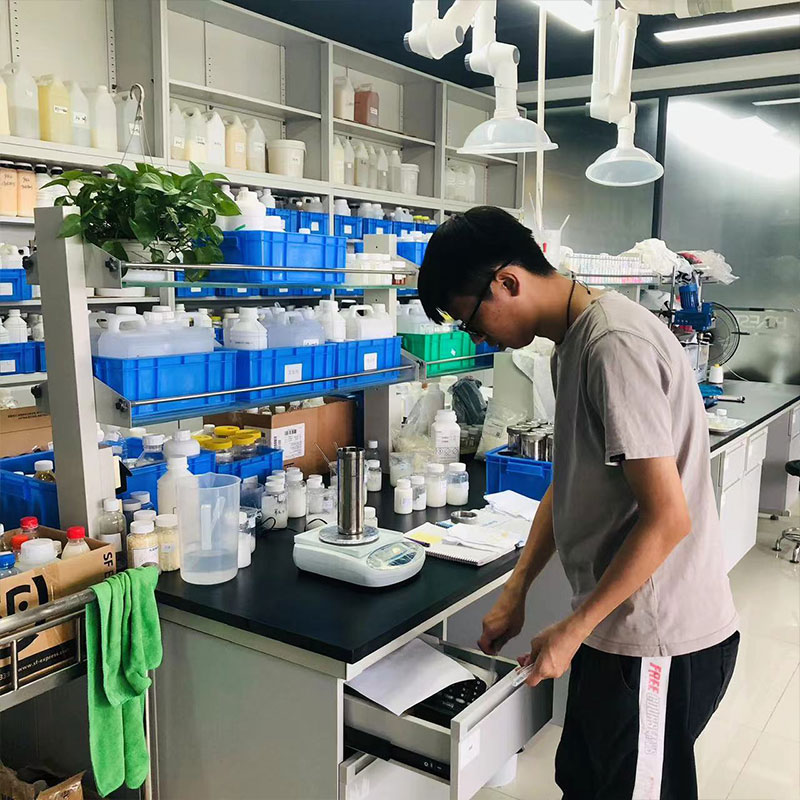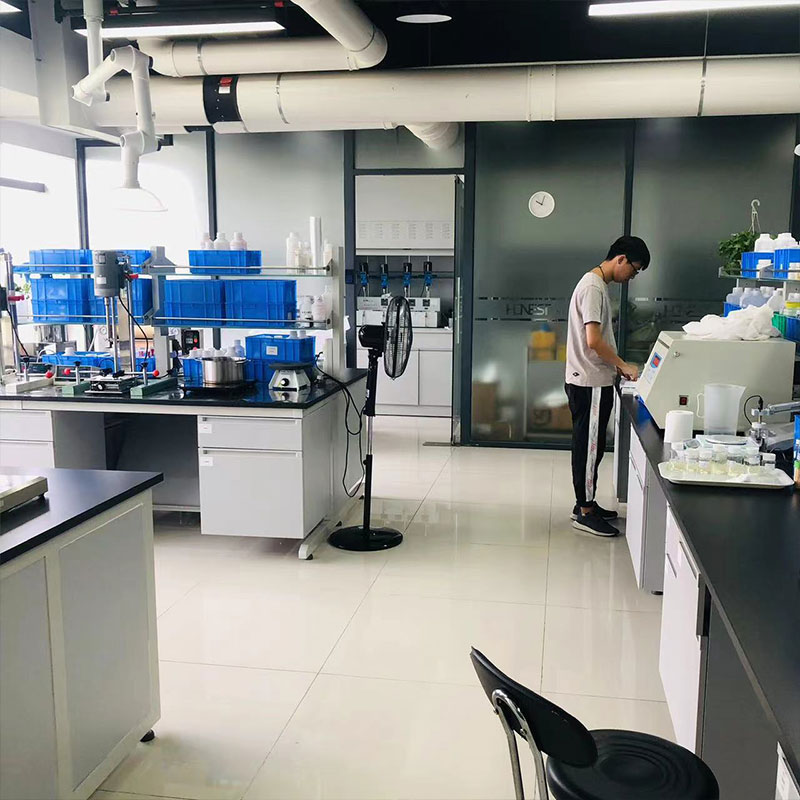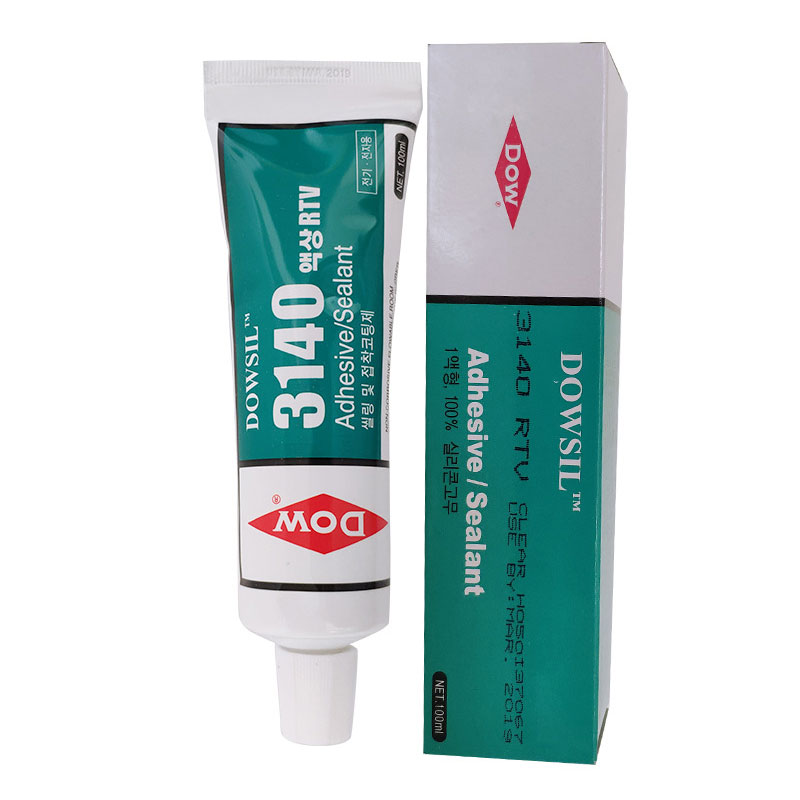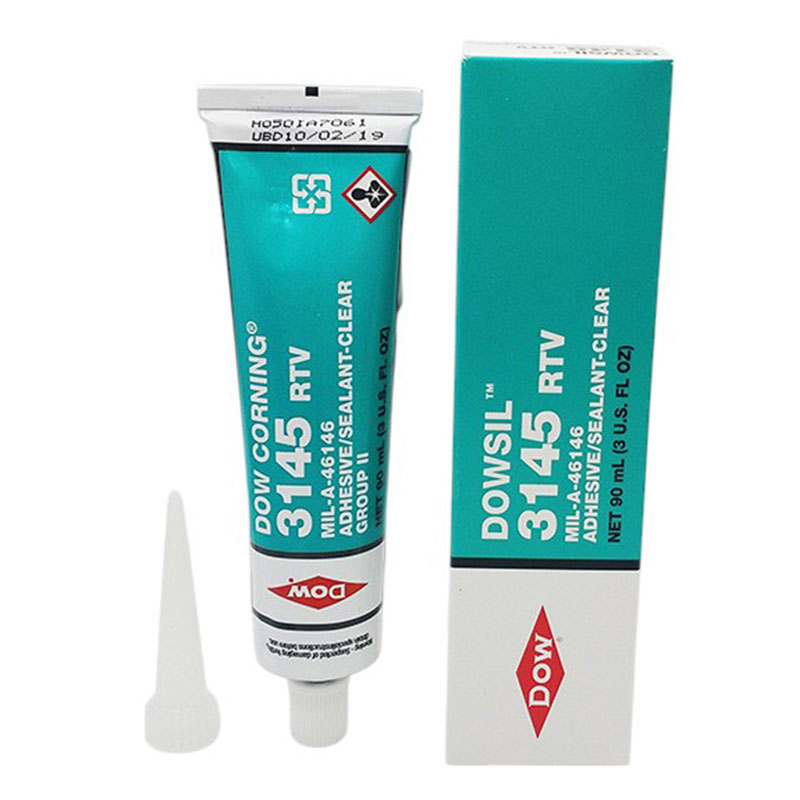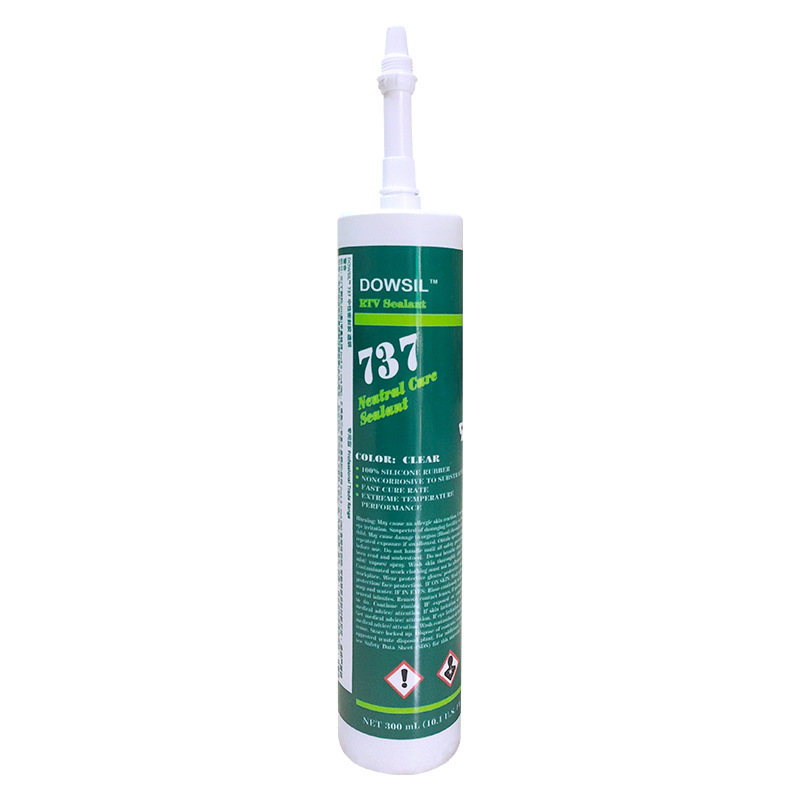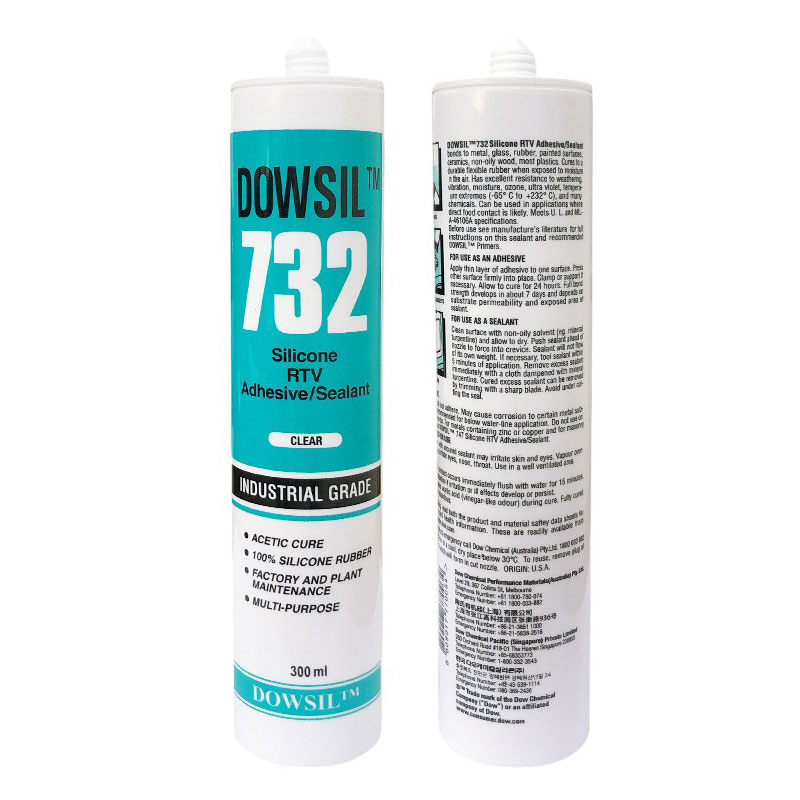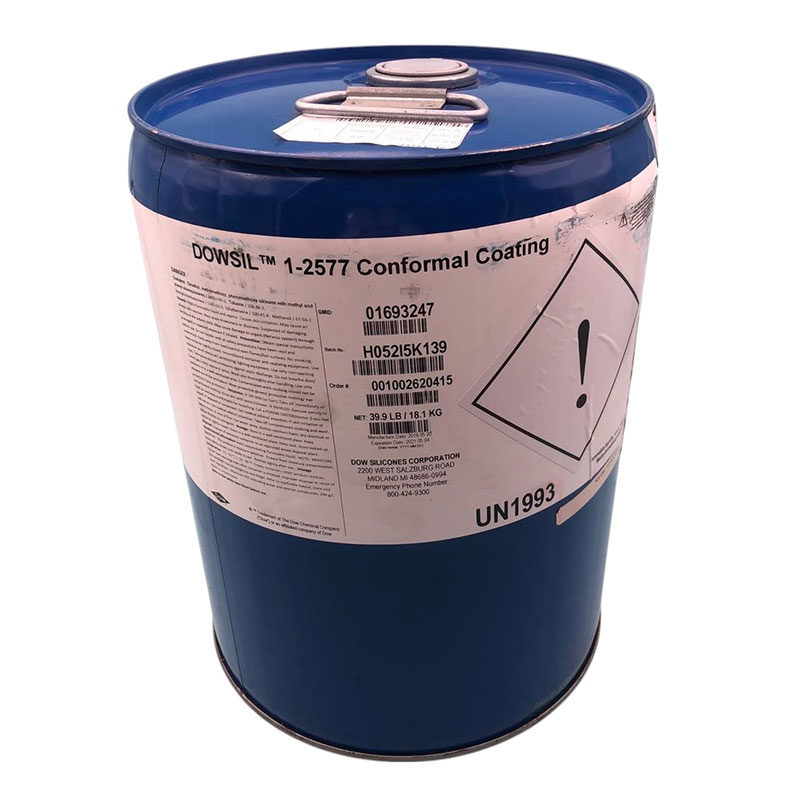
Dow Chemical DC1-2577 - Auxiliary Agent for Protective Coating of Circuit Boards
-
+852 9408 1652 WhatsApp
-
info@innosiltech.com Email
DC1-2577 is a low-VOC protective coating designed for flexible circuit boards. It provides excellent chemical and acid resistance while safeguarding electronic circuits from moisture, dust, and environmental stress. Its liquid formulation ensures easy application and uniform coverage, making it ideal as a chemical auxiliary agent in electronics manufacturing. The product is available in 15 kg and 18 kg packaging, facilitating stockpiling and transportation for production lines of varying sizes.
products parameters
| Appearance: | Translucent Liquid |
| Composition: | One Part Silicone Resin Solution |
| Viscosity: | 950 MPa |
| Specific Gravity (Cured): | 1.11 |
| Dielectric Strength: | 400 Volts/mil |
| Packaging: | 15kg,18kg |
key features
High Insulation - After curing, DC1-2577 exhibits excellent electrical insulation properties, achieving a dielectric strength of 400 volts/mil (equivalent to approximately 15.7 kV/mm). This value ensures effective protection against leakage and breakdown in high-density PCBs, making it particularly suitable for protecting fine-pitch pads and traces.
Low Viscosity Application - With a low viscosity of 950 mPa·s, the liquid system achieves uniform coverage across the entire substrate surface during spray, dip, or brush application. This low viscosity not only facilitates penetration into complex component gaps but also reduces air bubbles and uneven film buildup.
Lightweight Film - The cured coating has a specific gravity of 1.11, meaning it is lightweight per unit volume, adding no significant burden to delicate electronic devices. This property is particularly important in weight-critical industries such as aerospace and portable electronics.
Room-Temperature Cure - This one-component system cures directly at room temperature, eliminating the need for an oven or high-temperature curing equipment. This significantly reduces energy consumption and hardware investment, making it particularly suitable for manufacturing environments requiring fast delivery or tight production cycles.
Abrasion-Resistant Surface - The cured DC1-2577 film exhibits toughness and abrasion resistance, forming an elastic-plastic structure that withstands the physical friction experienced during assembly, handling, and long-term operation. Experimental data shows that the material maintains coating integrity and resists peeling after repeated abrasion cycles.
UV Detectable - The coating contains a UV-tracking component that clearly reveals coverage under UV light. This allows factories to quickly verify coating uniformity during production inspections, preventing issues such as missed or overcoating.
Electronics & Electrical - DC1-2577 is suitable for surface protective coating of general electronic and electrical control panels, particularly in assembly lines that require rapid production ramp-up, room-temperature curing, and in-line visual inspection and documentation. By configuring a UV light booth and photo-archiving module at the selective spray or dip coating station, production can create a visual record of each board while maintaining consistent cycle times with wave soldering and reflow soldering.
Batteries & Power Electronics - DC1-2577 is suitable for surface coating and edge sealing of battery management boards and power modules. The use of a single-component system eliminates batch instability caused by adhesive mixing errors. The room-temperature process and mild acceleration methods shorten process wait times while maintaining high-volume production consistency, directly impacting in-plant kanban lead times for power supplies, inverters, and energy storage systems.
Aerospace - DC1-2577 is suitable for avionics boards requiring stringent material management, process documentation, and convenient on-site maintenance. The translucent appearance facilitates localized window openings and recoating during routine maintenance, while the UV tracer allows for quick verification of coverage status and work order documentation during maintenance inspections.
Medical Devices - DC1-2577 is used for surface coating of control and signal boards within medical electronic equipment, focusing on process stability, complete documentation, and ease of subsequent maintenance. The single-component and room-temperature process reduces the need for heat source equipment in cleanrooms, and UV visualization allows process managers to include coverage evidence in batch records, facilitating subsequent audits and quality traceability.
Transportation & Automotive - Suitable for coating body control, cabin electronics, and powertrain-related controllers in final assembly plants or supporting facilities. With tight production lines and frequent shift changes, the combination of room-temperature curing and single-component loading reduces line downtime. Standardized packaging simplifies material preparation and lineside warehouse management.
Industrial Control - Suitable for surface coating of boards in devices such as PLCs, inverters, and industrial control gateways. This type of product generally requires long-term stable supply and batch consistency. By utilizing a unified viscosity grade and an accelerated curing process window, multiple models can be produced on the same line while maintaining consistent appearance and film thickness control.
Communications and Consumer Applications - Suitable for coating processes in routers, set-top boxes, surveillance hosts, and various consumer electronics. Order fluctuations and frequent model changes place high demands on material onboarding speed and process compatibility. A single-component system reduces mixing training costs, and UV visualization facilitates maintaining consistent inspection standards during rapid model changes, ensuring coating consistency across different combinations of exterior and structural parts.



